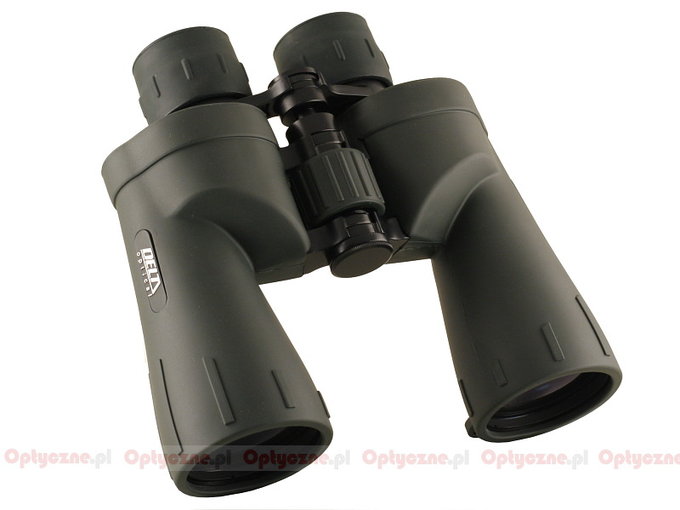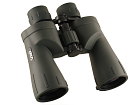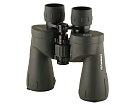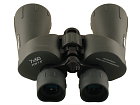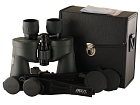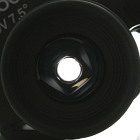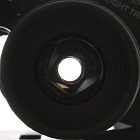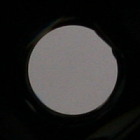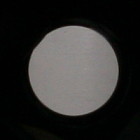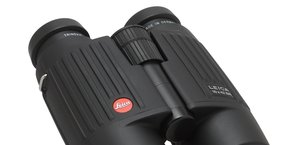Delta Optical Titanium 7x50
The 7x50 device, tested here, is a classic porro prism model with typically „night” and marine parameters. According to the producer it is supposed to provide a splendid image quality at affordable price mainly because of a simple and efficient Porro construction, good BaK-4 prisms and also high quality of coatings, which ensures the transmission level of 99.5% on one air-to-glass surface and near 93% for the whole instrument. Additionally the binoculars feature a solid aluminum casing which is nitrogen-filled and waterproof.
The buyer gets a set of caps, two straps, a cleaning cloth and a hard, solid case included in box. This model comes with a five-year guarantee.
| Magnification | Lens diameter | Angular field of view | Prisms | Eye relief | Weight | Price |
|---|---|---|---|---|---|---|
| 7 | 50 | 131/1000(7.5o) | BaK-4/Porro | ? mm | 900 g | 549 PLN |
Summary
Pros:
- low chromatic aberration,
- decently corrected astigmatism and coma,
- low brightness loss on the edge of the field of view,
- correct whiteness rendering,
- good blackening inside inner tubes,
- high quality prisms made of BaK-4 glass.
Cons:
- too high distortion,
- slightly truncated exit pupils.
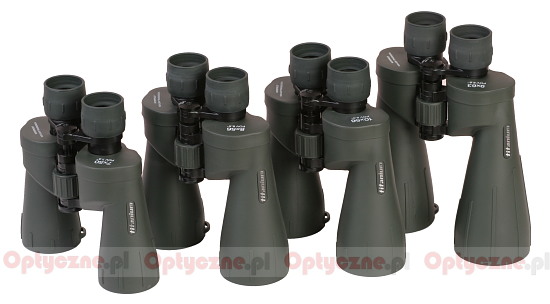 Porroprismatic DO Titatnium binoculars without 8x56 ED model. From left to right: 7x50, 8x56, 10x56 and 9x63. |
The Titanium series, produced by the Polish Delta Optical company, has been growing slowly. Its smallest porro prism model with the parameters of 7x50 is really a compact and handy set of binoculars. Its biggest rivals in this price segment are for sure such devices as the Nikon Action EX 7X50, different models of Zeiss produced in Jena and the 7x50 Fomei. The comparison between their parameters is presented in the following chart. The Delta, the Nikon and the Fomei cost roughly the same and the most expensive of all is the Zeiss from Jena – for a 7x50 model in very good condition you must pay around 200 Euro.
Is this price difference worth our trouble? You can discuss it for a very long time. Certainly the Zeiss tempts us with its mechanical properties – after all it is an instrument you can use for decades. The problem is that its coatings, even in the MC version, come from the 70s of the twentieth century - hardly the newest technology- and it makes itself felt. Although contemporary Chinese multi-coatings are hardly a top-end level, they still perform better than that. You can see it quite well on the transmission graph of the DO Titanium 7x50.
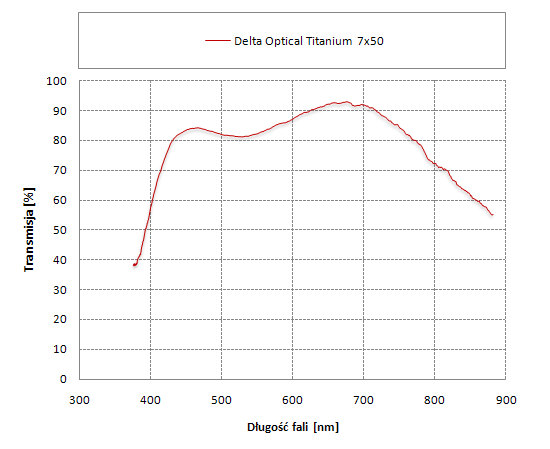 |
In the middle of the visible spectrum we have a distinct dip (that’s why the coatings of the binoculars seem to be greenish) and the transmission level reaches 81-85% there. For the red light it gets to 92% though. In the case of Zeiss instruments from Jena the situation is different. They are optimized for yellow light and their transmission reaches 88-92% there. Unfortunately it decreases very quickly when we pass to blue and red light, making the image more yellow than in the case of the contemporary Delta optics. The yellow hue is even more pronounced in models produced before 1979, in which the multi-coatings weren’t used yet.
The Delta is physically one of lighter pairs of binoculars in this category and additionally it features the widest field of view – it is a significant advantage, especially if you compare the tested model to the Nikon – it has such a narrow field of view that many 10x50 class models boast a wider one.
The Titanium 7x50 didn’t have any serious slip-ups. Apparently the intention to keep small dimensions is the reason why the exit pupils are slightly truncated. When it comes to optical aberrations we can have some reservations only about distortion. In other categories the binoculars had medium or good results.
To sum up it would be difficult to find anything significantly better in this price segment. The Nikon Action EX 7x50 could be a solid rival here if only it wasn’t for its narrow field of view. It might be really discouraging – as many as 1 degree of difference between the Nikon and the Delta means a lot after all. If you want to buy something noticeably better you must consider spending over 250 Euro because only for such an amount of money we can get to the level of such instruments as the William Optics 7x50 ED. For many people the difference between spending 165 and over 250 Euro is fundamental, though and in such a situation the purchase of the Delta seems to make a lot of sense.




